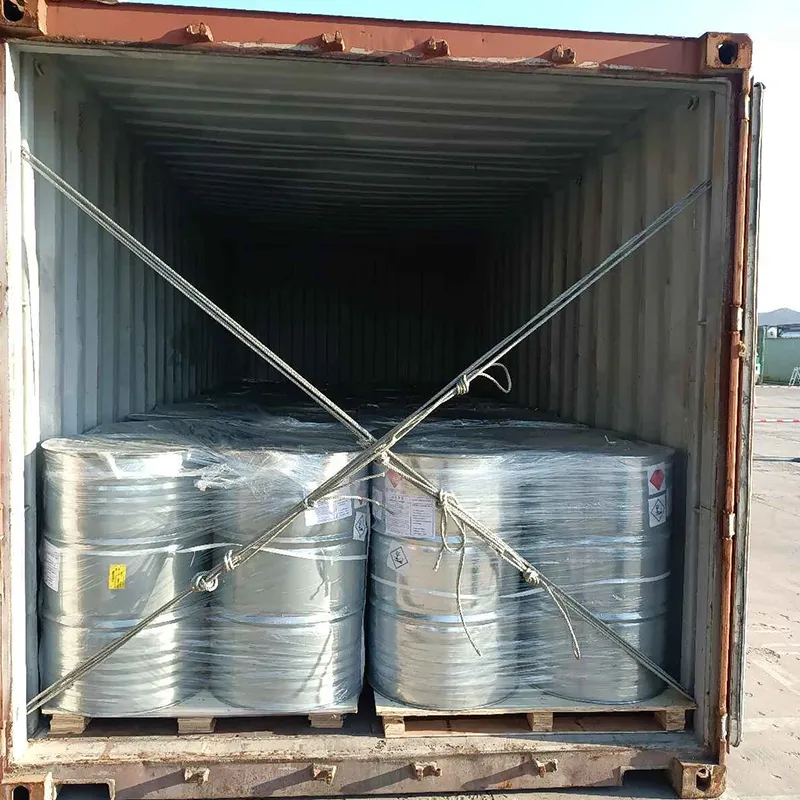
e954 food additive
Understanding E954 The Sweet Side of Food Additives
Food additives play a crucial role in the food industry, enhancing flavor, preservation, and appearance. Among these, E954, also known as Saccharin, is one of the oldest artificial sweeteners used in food products. This article delves into the properties, benefits, controversies, and applications of E954, providing a comprehensive overview of this widely used food additive.
What is E954?
E954 refers to Saccharin, a synthetic sweetener discovered in the 19th century. It is often used as a sugar substitute due to its intense sweetness, estimated to be around 300 to 400 times sweeter than sucrose (table sugar). Saccharin is frequently found in various food products, especially those labeled as “diet” or “sugar-free,” such as soft drinks, candies, and even some pharmaceutical formulations.
Properties of E954
Saccharin is a white crystalline powder with a slightly bitter aftertaste when consumed in large quantities. One of its significant advantages is that it contains no calories, making it an attractive option for individuals looking to manage their weight or blood sugar levels. Saccharin is stable under heat, which allows it to be used in cooking and baking, unlike some other sweeteners that can degrade when exposed to high temperatures.
Benefits of E954
The primary benefit of E954 is its ability to provide sweetness without adding calories. This makes it particularly appealing for those on calorie-restricted diets or managing diabetes, as it does not significantly impact blood sugar levels. The use of artificial sweeteners like Saccharin can help people satisfy their sweet cravings without the associated caloric intake of sugar, thus aiding in weight management strategies.
Additionally, E954 has a long shelf life, which makes it a convenient option for food manufacturers. Its stability and cost-effectiveness have led to its widespread adoption in the food industry, where it is often combined with other sweeteners to achieve desired flavor profiles while minimizing costs.
e954 food additive

Controversies and Safety Concerns
Despite its benefits, E954 has not been without controversy. Saccharin was once linked to bladder cancer in laboratory animals, leading to public fear and a temporary ban in several countries during the 1970s. However, subsequent research has shown that the dosages resulting in cancer in rodents were unrealistically high for human consumption. The U.S. National Cancer Institute has deemed Saccharin safe when consumed within established limits.
In 2000, the U.S. Congress removed the warning label requirement for Saccharin, and many food safety authorities, including the European Food Safety Authority (EFSA), have confirmed its safety for consumption within acceptable daily intake (ADI) levels. Nevertheless, it remains essential to consider individual sensitivities and dietary reactions, as some people may experience allergic reactions or gastrointestinal distress from synthetic sweeteners.
E954 in the Modern Diet
Today, E954 can be found in a myriad of products including low-calorie beverages, desserts, and even some condiments. As consumers become increasingly health-conscious, the demand for sugar substitutes like Saccharin continues to rise. Its ability to provide sweetness without the caloric load of sugar positions E954 favorably in the competitive market of dietary products.
While stevia and other natural sweeteners are gaining popularity, artificial sweeteners like Saccharin remain a staple due to their historical precedence, cost, and effectiveness. Understanding the role of E954 in our diets allows for informed choices and encourages moderation in consumption.
Conclusion
E954, or Saccharin, embodies the duality of food additives — it enhances flavor and offers a solution for those seeking to reduce calorie intake without sacrificing sweetness. Continued research and regulation ensure that it can be used safely, aiding those with dietary restrictions and preferences. As with any additive, moderation is key. Awareness of the benefits and potential drawbacks allows us to appreciate the role of E954 in our diets while making informed choices for our health and well-being.
-
What Is a Food Additive? Global Insights, Applications & Future TrendsNewsNov.24,2025
-
968 Sweetener: The Modern Solution for Health-Conscious SweeteningNewsNov.23,2025
-
Discover the Benefits and Uses of 965 Sweetener (Erythritol) | Tenger ChemicalNewsNov.23,2025
-
961 Sweetener - A Next-Gen Sugar Alternative for Health and IndustryNewsNov.23,2025
-
Understanding 960 Sweetener: The Modern Sugar Alternative for Health and IndustryNewsNov.22,2025
-
Everything You Need to Know About 955 950 Sweeteners – Benefits, Uses, and TrendsNewsNov.22,2025
-
953 Sweetener: Global Insights, Applications, and Future TrendsNewsNov.21,2025
Hebei Tenger Chemical Technology Co., Ltd. focuses on the chemical industry and is committed to the export service of chemical raw materials.
-

view more DiethanolisopropanolamineIn the ever-growing field of chemical solutions, diethanolisopropanolamine (DEIPA) stands out as a versatile and important compound. Due to its unique chemical structure and properties, DEIPA is of interest to various industries including construction, personal care, and agriculture. -

view more TriisopropanolamineTriisopropanolamine (TIPA) alkanol amine substance, is a kind of alcohol amine compound with amino and alcohol hydroxyl, and because of its molecules contains both amino and hydroxyl. -

view more Tetramethyl Thiuram DisulfideTetramethyl thiuram disulfide, also known as TMTD, is a white to light-yellow powder with a distinct sulfur-like odor. It is soluble in organic solvents such as benzene, acetone, and ethyl acetate, making it highly versatile for use in different formulations. TMTD is known for its excellent vulcanization acceleration properties, which makes it a key ingredient in the production of rubber products. Additionally, it acts as an effective fungicide and bactericide, making it valuable in agricultural applications. Its high purity and stability ensure consistent performance, making it a preferred choice for manufacturers across various industries.





